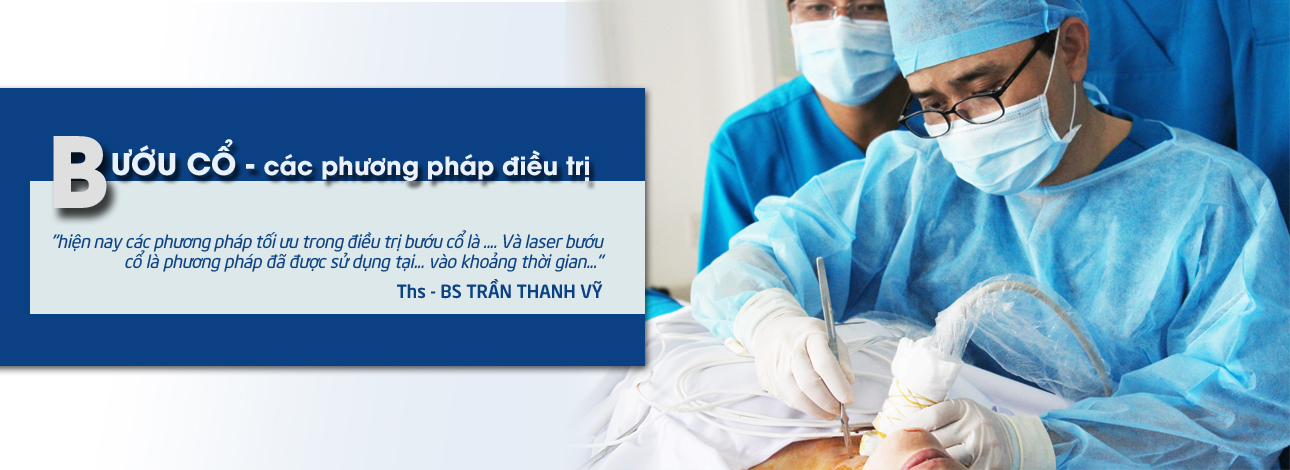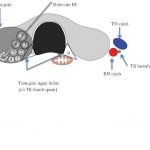Bệnh bướu cổ là gì? Khi nào cần điều trị
Bướu cổ đây là một cụm từ mà dân gian ta hay dùng để chỉ ra nhiều bệnh lý tuyến giáp to thường gặp ở Việt Nam, tuyến giáp có chức năng tiết ra hormone giáp trạng giúp điều hòa chuyển hóa trong cơ thể liên quan đến nhiều bộ phận như thần kinh, nội [Xem thêm…]










